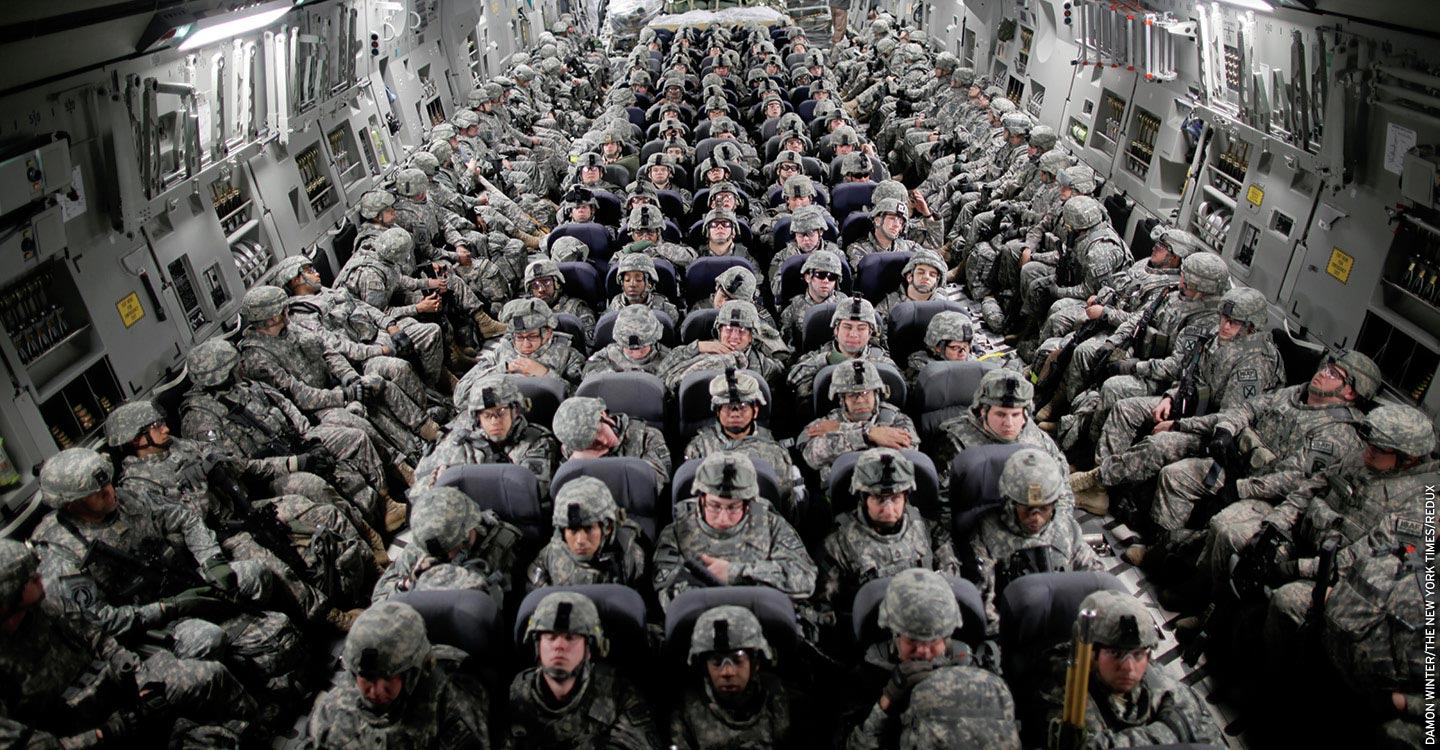On February 29, the United States signed a peace agreement with the Taliban aimed at ending the war in Afghanistan, which has been going on for more than 18 years.
The U.S. has agreed to withdraw American troops from Afghanistan in exchange for assurances by the Taliban that it won’t provide sanctuary for terrorist groups like Al Qaeda and ISIS. The agreement—which was signed in Doha, Qatar—doesn’t include the U.S.-backed Afghanistan government and is not a final peace deal.
But it’s seen as a major step toward negotiating a more sweeping pact that some hope could eventually end the insurgency of the Taliban, the militant group that once ruled Afghanistan under a brutal version of Islamic law.
The deal also hinges on more difficult negotiations to come between the Taliban and the Afghan government over the country’s future. Officials hope those talks will produce a power-sharing arrangement and lasting cease-fire.
“I really believe the Taliban wants to do something to show that we’re not all wasting time,” President Trump said in Washington hours after the agreement had been signed. “If bad things happen, we’ll go back.”
Here’s a look at how the U.S. got involved with Afghanistan and what the deal might mean for the future.
On February 29, the United States signed a peace agreement with the Taliban. The deal was aimed at ending the war in Afghanistan, which has been going on for more than 18 years.
The U.S. has agreed to withdraw American troops from Afghanistan. In exchange, the Taliban has promised that it won’t provide sanctuary for terrorist groups like Al Qaeda and ISIS. Both parties signed the agreement in Doha, Qatar. It doesn’t include the U.S.-backed Afghanistan government and is not a final peace deal.
But it’s seen as a major step toward negotiating a more sweeping pact. Some hope that could eventually end the insurgency of the Taliban, the militant group that once ruled Afghanistan under a brutal version of Islamic law.
The deal also depends on more difficult negotiations to come between the Taliban and the Afghan government over the country’s future. Officials hope those talks will produce a power-sharing arrangement and lasting cease-fire.
“I really believe the Taliban wants to do something to show that we’re not all wasting time,” President Trump said in Washington hours after the agreement had been signed. “If bad things happen, we’ll go back.”
Here’s a look at how the U.S. got involved with Afghanistan and what
the deal might mean for the future.

